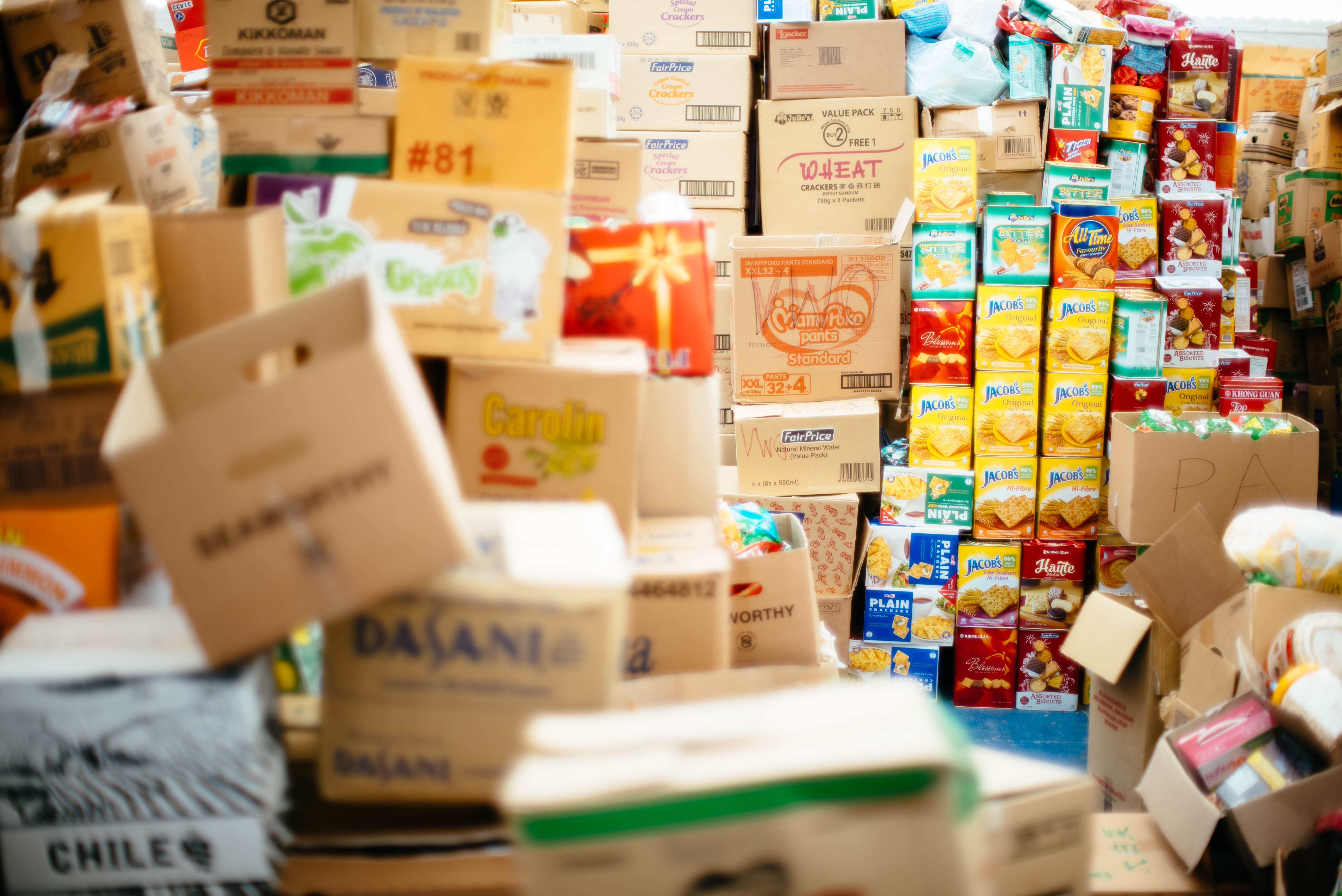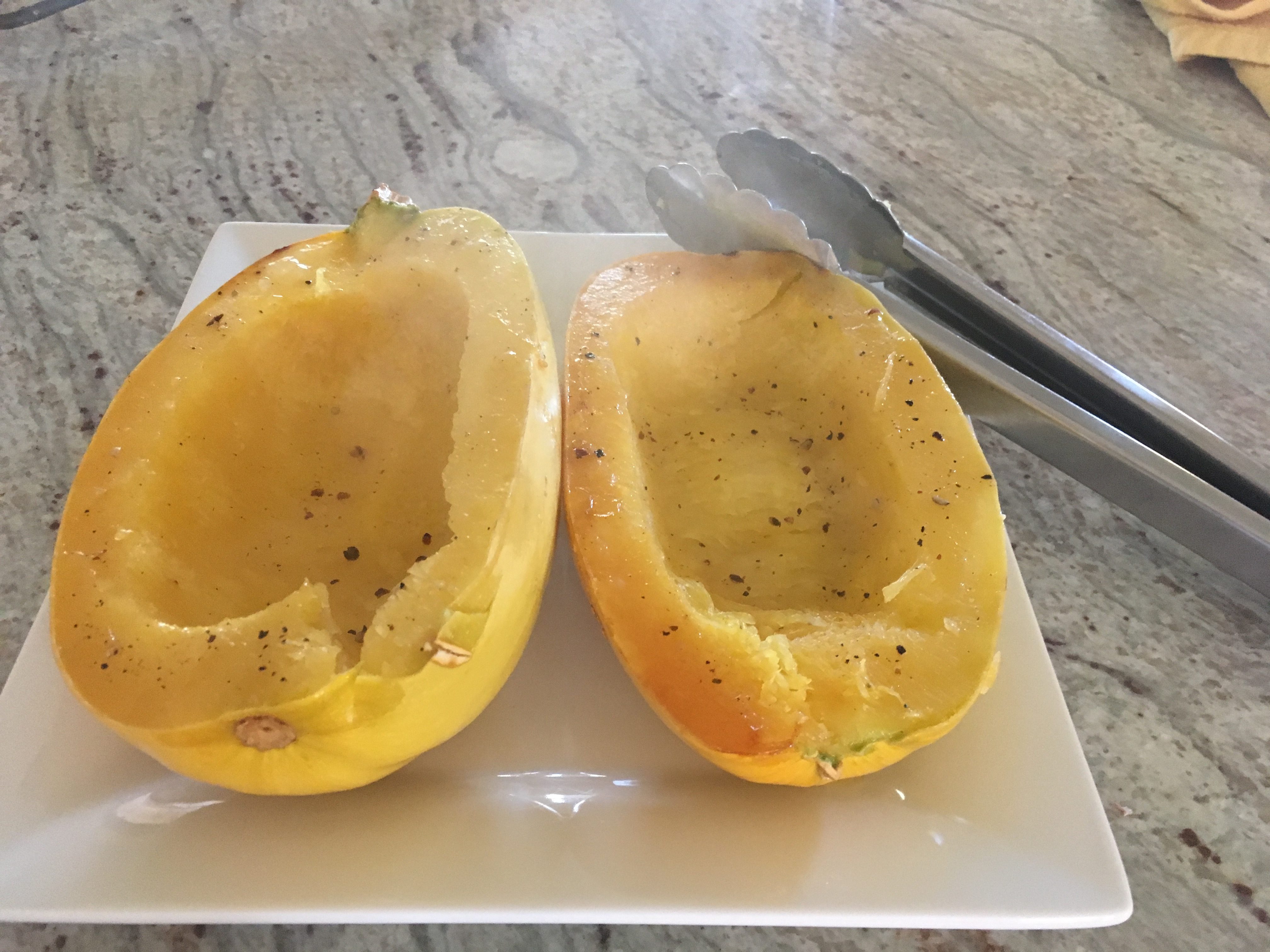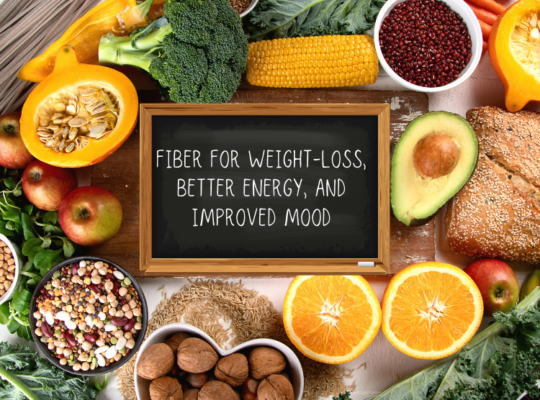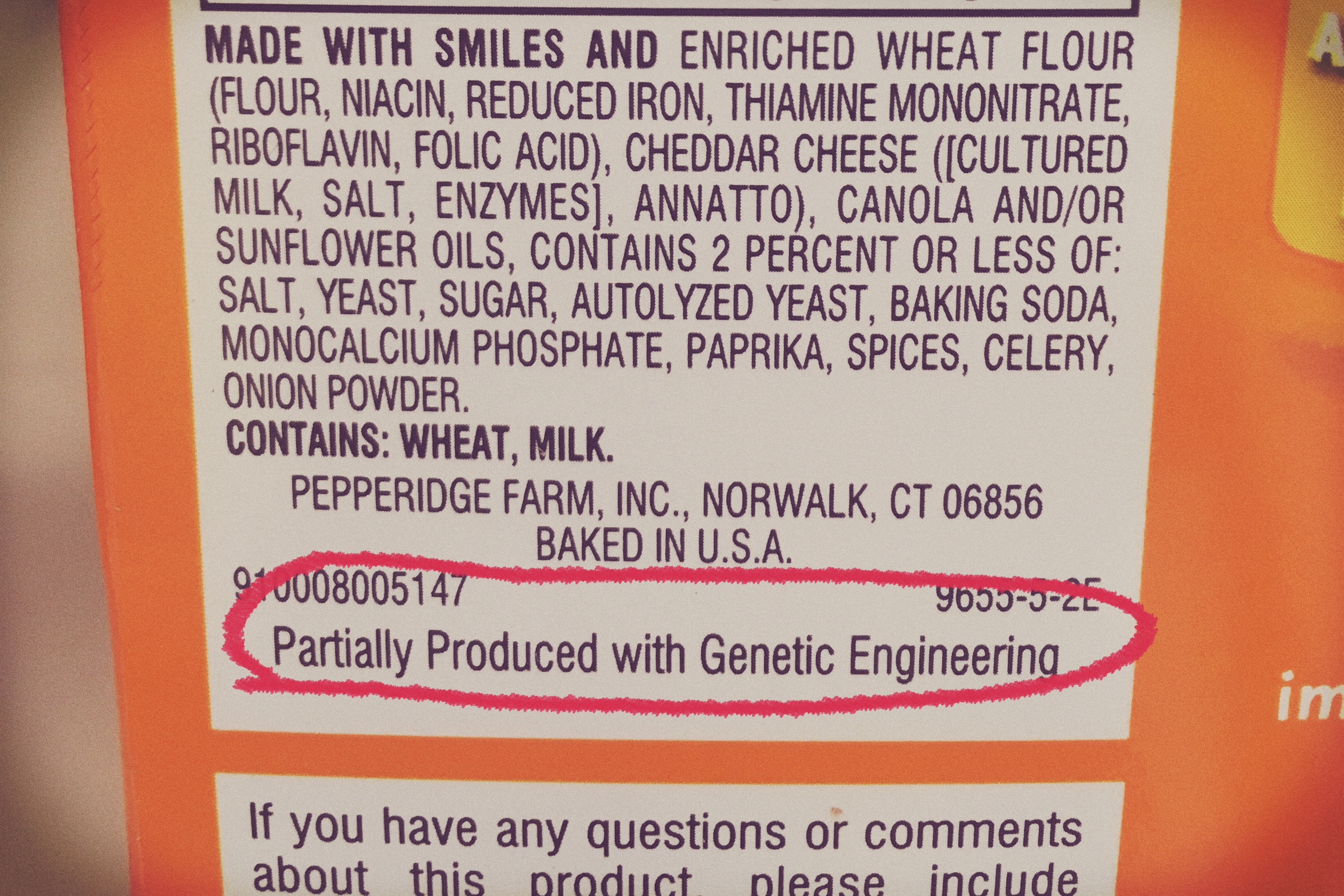What are GRAS Additives?
The GRAS (Generally Recognized as Safe) system, an FDA designation, was originally created to define a list of common food additives used prior to 1958. For example, sugar and vinegar were some of the original GRAS additives. However, GRAS has since become a loophole that food manufacturers use to avoid FDA review and oversight of food additives.
What are Some Examples of GRAS Additives?
Today, you will find a very long list of GRAS additives in the FDA’s database . Some GRAS additives, like allspice, vanilla, yeast, and sodium bicarbonate (baking soda), are familiar food items. However, many others like Propyl Paraben, Butylated hydroxyanisole (BHA), and Propyl gallate are more concerning.
Are GRAS Additives Safe?
That’s the million-dollar question. Unfortunately, no one knows. This is what we DO know:
- GRAS additives are not tested by the FDA
- The GRAS system allows food manufacturers to self-certify their own additives
- In May of 2017, several food safety groups – including the Center for Science in the Public Interest, Breast Cancer Prevention Partners, and the Environmental Working Group sued the FDA over the GRAS rule. The complaint included the statement that the GRAS process, “allows potentially unsafe food additives to be used in the food supply (human and animal) without FDA review, approval, oversight, or knowledge”
- In 2010 the Government Accountability Office (GAO) issued a report, FDA Should Strengthen Its Oversight of Food Ingredients Determined to Be Generally Recognized as Safe, GAO-10-246 and stated that the FDA does not ensure that industry review panels of GRAS additives are free from conflicts of interest.
- The Environmental Working Group (EWG) issued a “Dirty Dozen” list of food additives in 2014, several of which are GRAS.
Based on these facts, I have very little confidence in the testing and safety of the FDA’s GRAS substances, with the exception of those natural products I recognize as food. If a manufacture puts questionable, untested substances in your food is it still food?
How Can We Avoid Eating Questionable GRAS Additives?
Here are some ways that I avoid being a guinea pig for untested food additives:
- I cook simple meals at home from fresh, unprocessed ingredients.
- While there are some important exceptions – we couldn’t live without coffee and peanut butter – I shop mainly on the outside of the grocery store.
- When I do buy foods with ingredient lists, I try to choose those with a very short list of familiar ingredients. I also keep an eye out for these particularly concerning additives from the EWG’s Dirty Dozen list of food additives.
- We don’t eat out often, but when we do, I look for restaurants that are less likely to serve food with additives. For example, we sometimes eat out at Chipotle, Panera, Noodles, Zoe’s Kitchen, or other local restaurants that serve fresh, real food.
- We have a vegetable garden, keep chickens for eggs, and buy our milk and much of our meat from local farmers.
While I try to avoid questionable additives, that isn’t always possible or under my control. And I accept that. Since I don’t have any actual food allergies, when I am someone’s guest, I have chosen to eat what is served and enjoy it. But when it comes to making choices about what goes into my shopping cart and pantry, I am glad to know how to avoid being a participant in a large-scale food safety experiment.
Do you have any tips or ideas on reducing additives in your family’s food? Leave a comment and share them with us!






